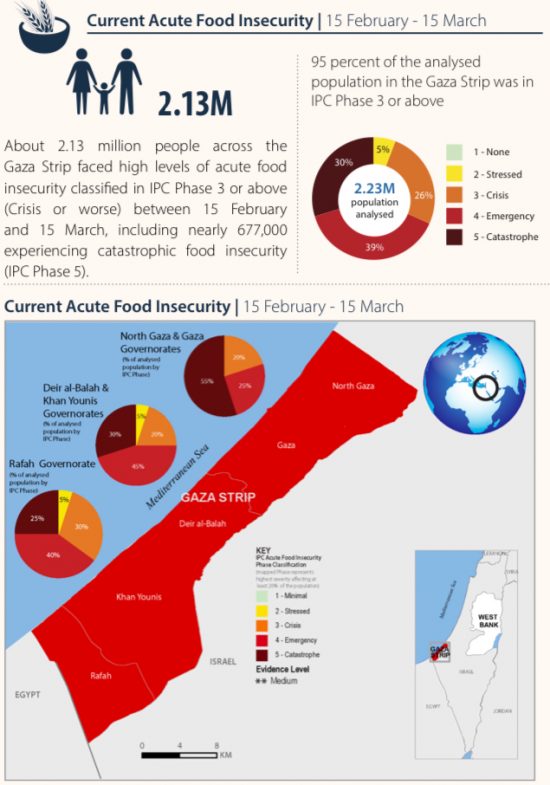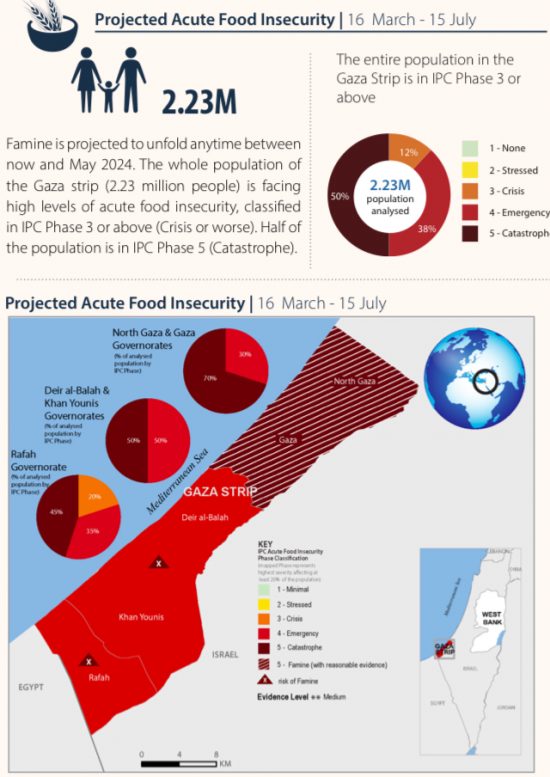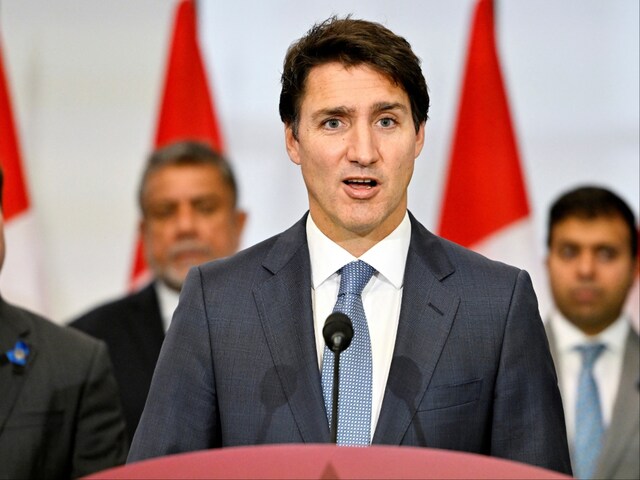Rationed food kept Cubans fed during the Cold War. Today an economic crisis has them hungry
Sat, March 23, 2024

HAVANA (AP) — Like millions of other Cubans, María de los Ángeles Pozo thinks back fondly to when a government ration book fed her family everything from hamburgers, fish and milk to chocolate and beer. People would even get cakes for birthdays and weddings.
The “libreta,” as Cubans know it, was launched in July 1963 and became one of the pillars of the island’s socialist system, helping people through crises including the cutbacks in Soviet aid that led to the 1990s deprivation known as the “Special Period.”
That system is undergoing a deep economic crisis that has prompted the exodus of almost half a million Cubans to the U.S. over the last two years, with thousands more heading to Europe. It also has led to a dramatic reduction in the availability of rationed food for those who do not leave.
Many Cubans feel ill-equipped to handle their new, more unequal country, a feeling that has worsened as small private markets have opened, charging prices similar to international ones in a country that hasn’t allowed non-state commerce in recent decades and where incomes remain between $16 and $23 monthly.
“Everything comes in small portions and delayed,” said Pozo, 57, a school worker who retired to care for her disabled sister and father in the apartment they share in Old Havana. They earn $10 a month between the three.
Basic goods like a kilo (2.2 pounds) of powdered milk can cost as much as $8.
“We don’t have the goods that we were used to anymore,” Pozo said. “We’re suffering a lot of deprivation.”
Protesters took to the streets in the eastern city of Santiago this month decrying power outages lasting up to eight hours and shortages of food. State media confirmed the protests in Santiago and videos showing people chanting “electricity and food” were quickly shared by Cubans on and off the island on platforms like X and Facebook. A nongovernmental human rights group that monitors Cuba said there had been at least three arrests.
Pozo pays only $2 at the subsidized state stores at current exchange rates. In February she got a few pounds of rice, beans, some sugar and salt, oil, processed meat and soap for her family of three.
Pozo said that she doesn’t receive money from relatives overseas, a major marker of class differences in 2024 Cuba, and one that about 70 percent of families do get.
While there are no official figures, many experts estimate that Cubans overseas sent $3 billion home in 2019.
Cuba has long struggled with a lack of production.
The lack of hard currency and needed equipment is making the situation even worse without agricultural supplies like insecticides and fertilizers, said Ricardo Torres, an economist at American University in Washington.
Without a functioning market economy, Cuban agriculture has long measured itself by socialist production goals that it has rarely been able to meet.
Camaguey, one of Cuba’s main ranching hubs, only produced 42.8 million liters (11.3 million gallons) of milk last year, out of 81.3 million liters (21.5 million gallons) that producers had agreed to sell.
Producers, for their part, complain that government prices don’t cover expenses.
The Cuban government blames the economic damage wrought by COVID-19, along with U.S. sanctions and macroeconomic changes dating to recent years that have led to severe inflation.
“You can see today private stores that have all the products that you want: milk, bread, sugar — whatever you want — at prices that are not accessible to the majority of the population,” Deputy Foreign Minister Carlos Fernández de Cossío said in a interview with The Associated Press. “The government continues to be committed to provide an equal amount to all.”
Official figures show Cuba’s average annual inflation of nearly 50% a year over the last three years and a 2% contraction in the Gross Domestic Product.
Faced with that scenario, the government has been trying to reduce the number of people who receive subsidized food from an estimated four million libretas.
For most Cubans, the government is failing to take on the most serious issue: low take-home pay as a result of low productivity and inflation.
“Salaries must rise,” said maintenance main Hilmer Pagán, 53.
___
Andrea Rodríguez on X: www.twitter.com/ARodriguezAP
Andrea Rodriguez, The Associated Press

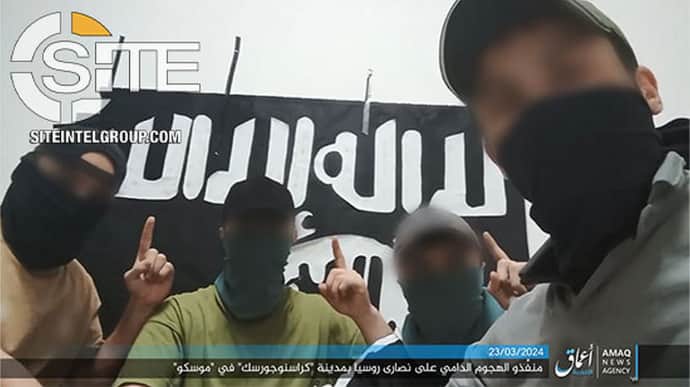




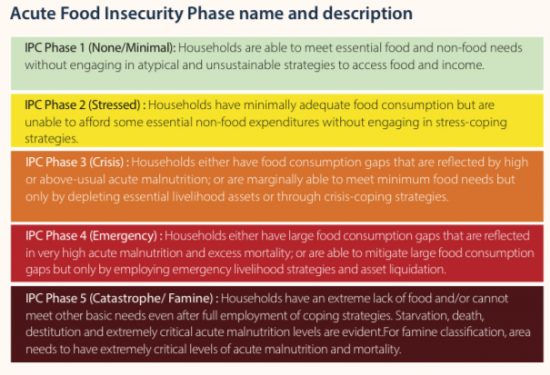 They say the situation in Gaza in the last month was as follows:
They say the situation in Gaza in the last month was as follows: